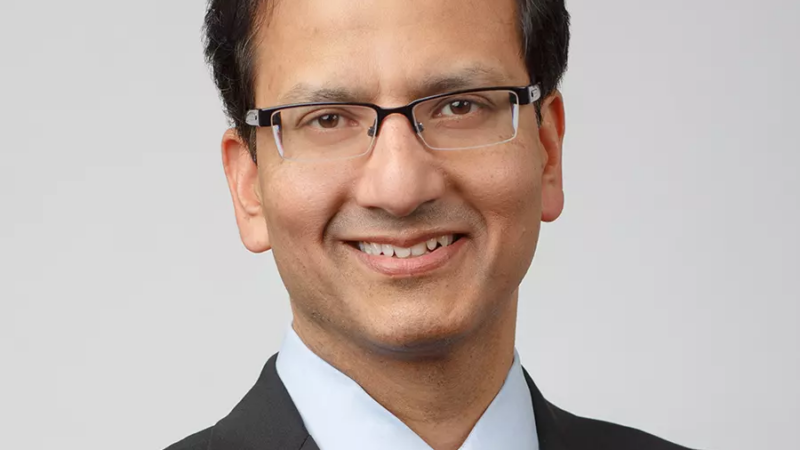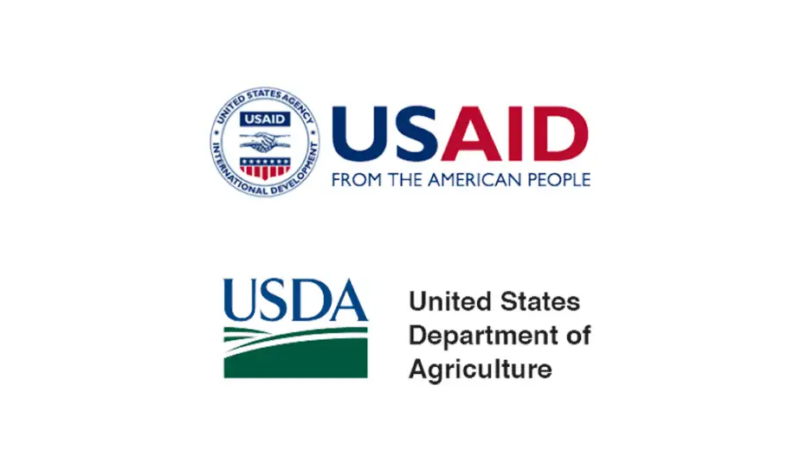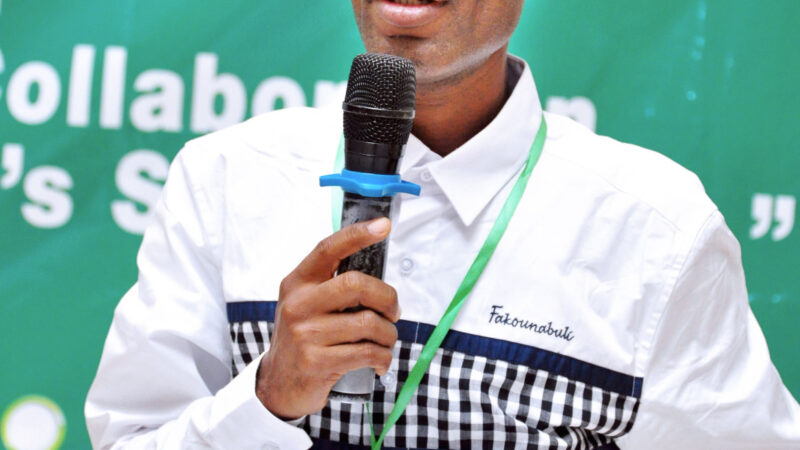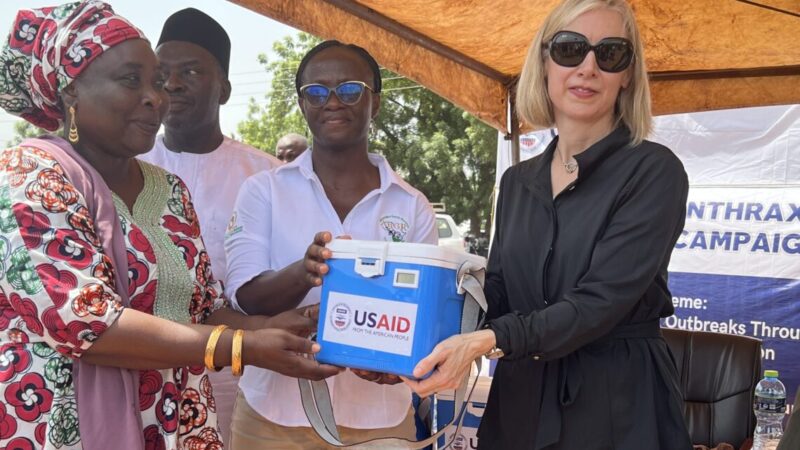
After a year of introducing smallholder farmers to the Forest Watcher Mobile App, the Rainforest Alliance counts their achievement of growing and monitoring over 9,000 trees in the Sui River landscape.
Selected smallholder farmers and some community members located in the Western North region of Ghana were trained on how to use the mobile application to plant and owe more trees in a bid to check deforestation.
At the closeout ceremony, the Alliance handed over the mandate to farmers and the community to ensure continuity of conserving biodiversity, building climate resilience, and reducing emissions from land-use changes in the Sui Landscape.
Ghana’s forest cover keeps depleting over time with the country recording a sixty percent reduction in its primary forest in 2018 alone, mainly stemming from illegal mining and hunting operations.
To check the growing menace, the Rainforest Alliance introduced a data monitoring technique to over hundred farmers within the Sefwi Wiawso district.
The Forest Watcher Mobile App employs an online monitoring system and alert systems of the Global Forest Watch (GFW) to view areas of interest in the field.
Senior Associate of the monitoring and evaluation unit of Rainforest Alliance, Alvin Adu Asare, says the mobile app replaces the outmoded paper-based data collection system.
“Within the landscape, they were doing a lot of things through registration. It was imperative that the processes they were using were also streamlined. They were using a lot of paper-based techniques, which wasn’t really helping. It was introducing a lot of errors in the data collection processes. So we thought to ourselves to develop a technology that would help the farmers collect the data themselves,” he said.
Under the hybrid community-based monitoring system, data on reforestation was collected by the Landscape Management Boards in the selected communities over a 6-month period.
The piloted project expected to be escalated to other forest regions across the country would help address the devastating impact of climate change.

“In case of climate change, once you plant the tree and the tree grows that when you realise the potential of that tree. If you plant and the tree dies in one or two years, they it is a problem. So you have to make sure the tree you plant actually survives. That is why we developed this app to monitor the growth of the trees,” Alvin Adu Asare added.
The Tech4Communities: Hybrid Community-based Monitoring System (HCMS) is funded by Swiss Secretariat for Economic Affairs (SECO) through ISEAL Innovation Fund.
About HCMS
The scope of the Hybrid Community-based Monitoring System (HCMS) is limited to the Sui River cocoa-forest landscape / Sui River Forest Reserve. It covers an area of 333.9 km², consisting of a long narrow band that follows the Bia-Tano watershed, south of Buaku, in the Western North Region of Ghana. The system is hinged on a landscape participatory approach which is necessary to secure the future of forests and significantly improve livelihood opportunities for farmers and forest users. This system is designed to leverage information and communications technology and empower communities to own the monitoring process, while reducing human error to the barest minimum.
Story by: Nana Yaw Reuben





